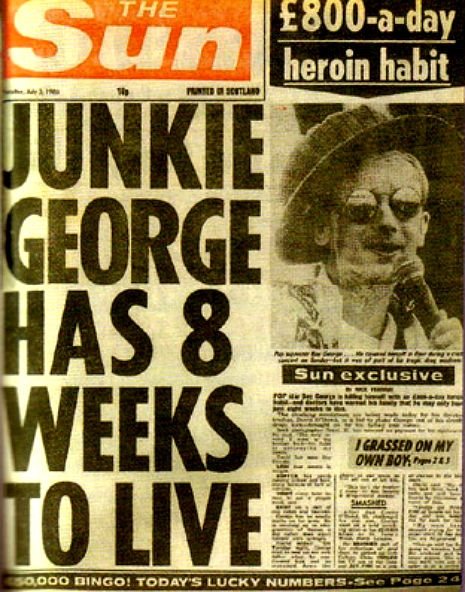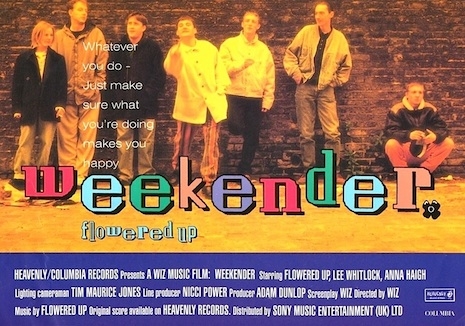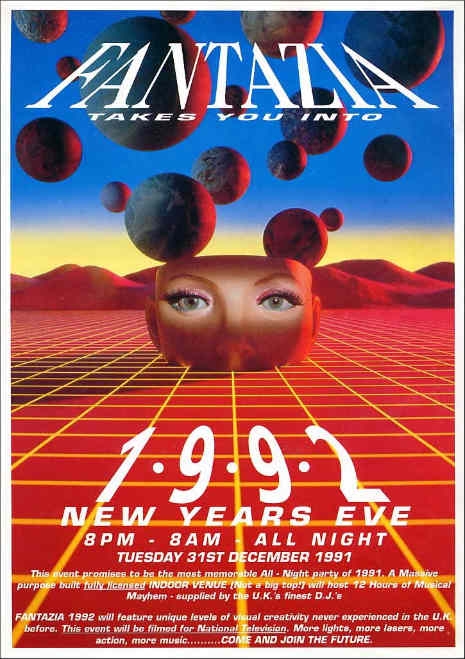
It’s the analogy of a young happy couple moving into their first home. They decorate it. They like to fill it with those things that best represent their tastes, likes and overall loveliness. Sometimes they might add an extension, put in new windows, or knock down a few walls. One day the couple moves on to another house and a younger couple moves in. The fashions wrought are soon changed—but the structure of the house generally stays the same.
Every generation makes some claim to having changed the world. There may be some truth in it. Still however the furnishings may change, overall human nature usually remains stubbornly the same. Similar loves, hates, fears and worries never too far beneath the skin—or that fresh new coat of paint.
Folk singer Pete Seeger once claimed music could unify people and bring them all together as one big happy family—eliminating differences and highlighting shared pleasures. There was a similar belief held out for drugs in the 1960s when Harvard professor Dr. Timothy Leary urged everyone to “Turn on, tune in, drop out.” Poet Allen Ginsberg thought if every politician dropped acid then world peace would result.
But can the hedonistic pleasures of drugs and music ever really change the world?
In the 1960s, Baby Boomers claimed they had revolutionized the world—made it better, more peaceful, freer. Weed, LSD, birth control and music had liberated everyone. Yet this belief is often founding wanting by the wars, oppression, racism, sexism, corporate greed, and some truly awful music produced during that decade and ever since. Pop music may have been widely available but LSD was only there for a certain elite—if you lived outside of a metropolitan area, your drug of choice then was probably alcohol or aspirin.
Similarly in the 1980s the raved up Ecstasy Generation claimed they had revolutionized the world with their raves and pills. But was it true? Did gurning and dancing and getting sorted for E’s and wizz really change society that much? Access to drugs was far easier, sure a byproduct of the Baby Boomers in the sixties looking for new experiences. The illicit production of ecstasy was enormous, which meant more people could sample the goods. By the mid-1990s, the Observer newspaper estimated that some 52 million ecstasy tablets were taken every weekend in the UK alone. And this in a nation of 63 million people!
Did rave culture have a greater effect on the world than hippies in the trippy sixties? If so how and what exactly (if anything) changed?

Superstar, singer, DJ, and famous former druggie Boy George is the ideal host to investigate these questions in this fascinating documentary The Chemical Generation. The ever radiant George examines the acid house, rave and club culture revolution, with considerable reference to the generation’s favorite chemical: methylenedioxy-methamphetamine—MDMA or ecstasy for short.
First broadcast in the UK on Channel 4 in 2000, The Chemical Generation tells the story of British club and drug culture from the early days of Acid House. Interviewing those on the front line—promoters, bouncers, drug dealers, clubbers, DJs (Danny Rampling, Judge Jules, Nicky Holloway, Pete Tong, Lisa Loud, Mike Pickering), top cops (Ken Tappenden, former Divisional Commander of Kent Police) and those cultural figures who have written about ecstasy culture (Irvine Welsh, Dave Haslam).
As an introductory note, a brief history to rave culture in the UK goes something like this:
In 1987 four working class males, Paul Oakenfold, Danny Rampling, Nicky Holloway and Johnny Walker found themselves in clubs across Ibiza, listening to the music which was to make them legends in the dance scene and transform the face of youth subculture in Britain. Not only did they discover the musical genre of Acid House, played by legendary house DJ’s Alfredo Fiorillo and Jose Padilla in clubs such as Amnesia and Pacha, they were also crucially introduced to the drug MDMA, more commonly known as ecstasy. Johnny Walker describes the experience:
“It was almost like a religious experience; a combination of taking ecstasy and going to a warm, open-air club full of beautiful people - you’re on holiday, you feel great and you’re suddenly being exposed to entirely different music to what you were used to in London. This strange mixture was completely fresh and new to us, and very inspiring”
More after the jump…











